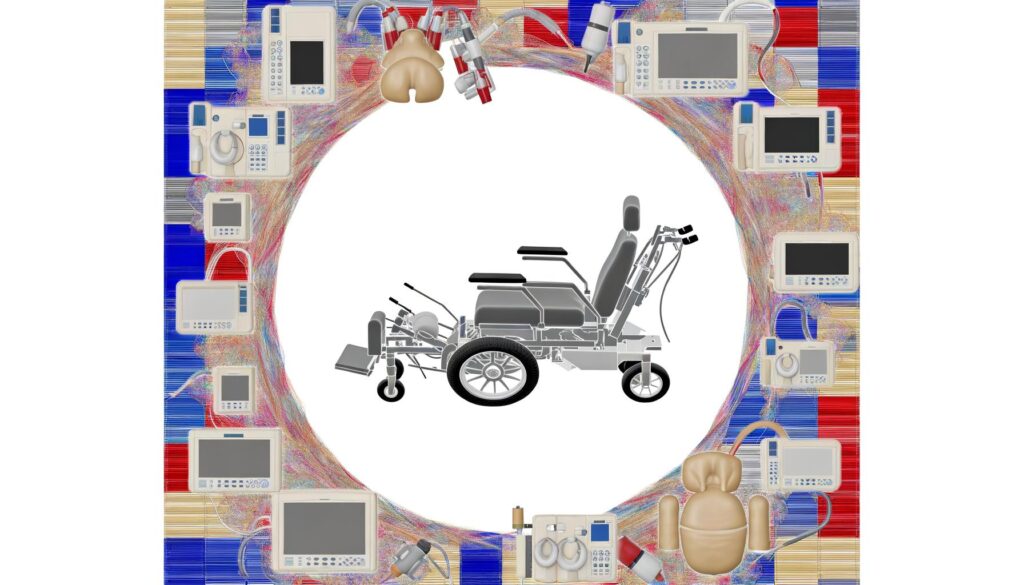Innovative Tools Transforming Stroke Recovery
Understanding Stroke Recovery
Stroke recovery is a complex process, varying significantly from one individual to another, largely depending on the severity of the stroke and the areas of the brain affected. This journey can be challenging, requiring a multifaceted approach involving physical therapy, medication, and often, assistive devices. The primary goal is to help stroke survivors regain independence and improve quality of life. Rehabilitation may involve exercises to improve motor skills, therapies to enhance cognitive functions, and strategies to cope with speech difficulties.

The Role of Assistive Devices
Assistive devices play a crucial role in the rehabilitation process by empowering stroke survivors to regain functionality and independence. The market offers a diverse range of devices, from robotic exoskeletons to virtual reality platforms, each serving unique needs. Some devices focus on enhancing mobility, while others are tailored for strengthening motor skills or improving speech. Key features to consider include adaptability, ease of use, and the ability to integrate into a user’s daily routine. These tools are not only designed to support the physical aspects of recovery but also to boost motivation and foster engagement through interactive and personalized experiences.
Innovative Stroke Recovery Technologies
Technological advancements have paved the way for a new era in stroke recovery, introducing cutting-edge solutions that were once unimaginable. One notable innovation is the use of robotic rehabilitation devices, which can assist with repetitive movement exercises crucial for motor skill recovery. These devices provide patients with precise, controlled movements, allowing them to perform exercises more effectively.
- Robotic Exoskeletons: These wearable devices support patients in relearning walking patterns and improving gait.
- Virtual Reality (VR) Systems: VR immerses patients in virtual environments that simulate real-life scenarios, enhancing cognitive rehabilitation through engaging exercises.
Additionally, sensor-based technologies offer valuable feedback on patient performance, enabling therapists to tailor rehabilitation programs more effectively.
Personalizing Stroke Recovery
Personalization is at the heart of effective stroke recovery. By using data from wearable devices and sensors, healthcare professionals can create tailored rehabilitation plans that address each individual’s specific needs. These personalized plans help improve adherence to therapy and achieve better outcomes. Additionally, many devices now offer remote monitoring capabilities, allowing therapists to track progress and adjust treatments as needed, providing continuous support without frequent clinic visits.
The Future of Stroke Recovery Devices
The future of stroke recovery devices looks promising, with ongoing research and innovation leading to even more effective solutions. Emerging technologies, such as AI-driven diagnostics and treatment plans, promise to further enhance the customization and efficiency of rehabilitation programs. Furthermore, as technology becomes more affordable and accessible, these advanced devices will likely become integral components of standard stroke rehabilitation. As we look ahead, the integration of technology and healthcare continues to open new possibilities for stroke survivors, offering hope and improved quality of life through enhanced recovery processes.
